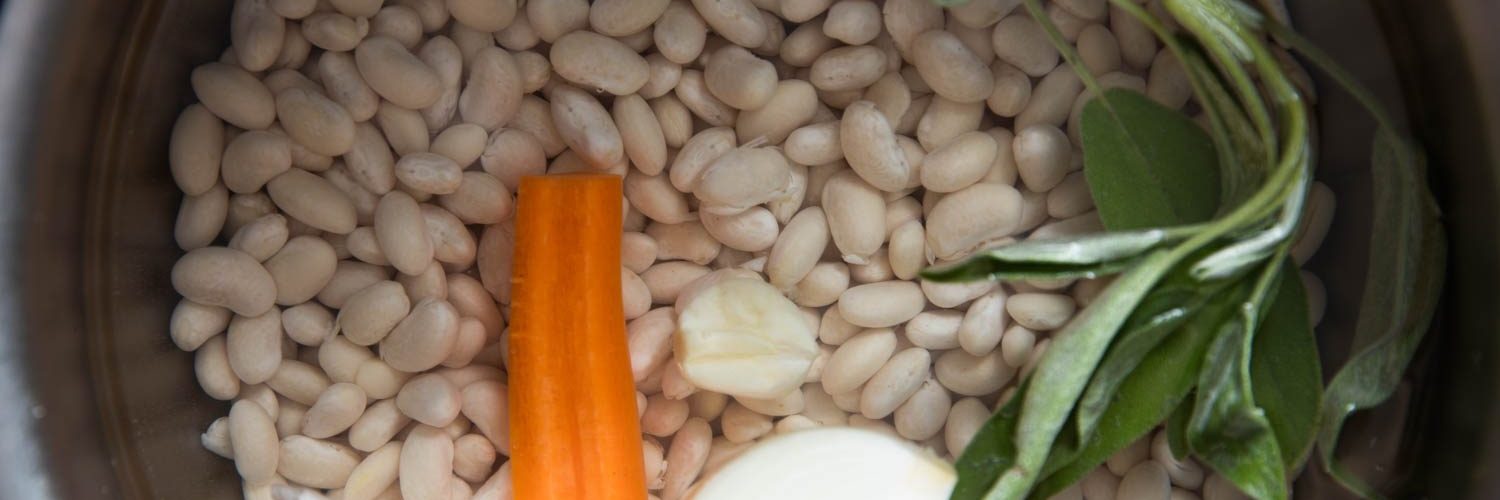Beans and other legumes are excellent sources of protein. And they are much cheaper than animal sources. They taste good in the bargain. In order to make your own bean dishes, you need to know how to handle the beans from their dry state to the time you are ready to cook them. The last stage right before cooking is soaking.
Soaking is not a stage you should skip. Not only does it help rehydrate the beans, but also it helps remove any substances from the surface of the bean. During the harvest and packing process, the packers do not wash the beans. This avoids the chance that the beans will begin to mold while they sit on the shelf waiting for you to purchase them. Once you purchase the beans, you need to rinse them and soak them. It helps remove surface dirt and pesticides still on the outside of the bean. Soaking has other benefits as well. It helps breakdown the indigestible sugars that can aggravate the buildup of gas in the gastrointestinal tract. The most obvious reason for cooks, however, is that it shortens cooking time dramatically.
But, how do you soak beans? There are actually a couple of methods for soaking them. One is the quick soak, the other one is the overnight soak. You can use either method when working with beans.
Most cooks prefer the overnight soak if they are planning their dinner for the next evening. It keeps the amount of cooking required down and makes preparing a meal that much quicker. So, how do you soak beans overnight?
The first step is sorting the beans. The harvesting and packing process removes most of the dirt and rocks. However, for the safety of your family and friends, you need to carefully look through the beans and remove any foreign particulates. The next step is doing a preliminary rinse. This simply means putting the beans in a bowl of water and rinsing everything off. Drain the water from the beans before going to the next step.
The next step is getting the beans on to soak. For every pound of beans you are preparing, you will need to have six to eight cups of cold water for them to soak in. In a large bowl, put the water in and add the beans. It is best to use a non-metallic bowl to avoid any metallic taste from migrating to the beans. Let the water and beans stand for at least six to eight hours. If you can leave them overnight, it is even better.
The last step is draining off the water from the beans and rinsing them again. The soaking process will loosen particles and you need to get rid of the soak water. The final rinse will get rid of much of the residue. At this point, your beans are ready for cooking.
How do you do the quick soak method? This is the preferred method if you make a late decision to make beans for dinner. If you don’t have the six to eight hours necessary for the overnight soak, this method works very well.
As with the overnight soak, you need to sort and rinse the beans. The next step involves putting the water and beans together. Again, like the overnight soak, you want six to eight cups of water per pound of beans. Except, this time, instead of cold water, you need to use hot water. Put the beans and water into a large pot. Put the water on to boil. Bring the water up to a full boil and boil for two minutes. Take the pot off the heat. Cover and let the pot stand for an hour. Drain and rinse the beans.
And that is how you soak beans.



